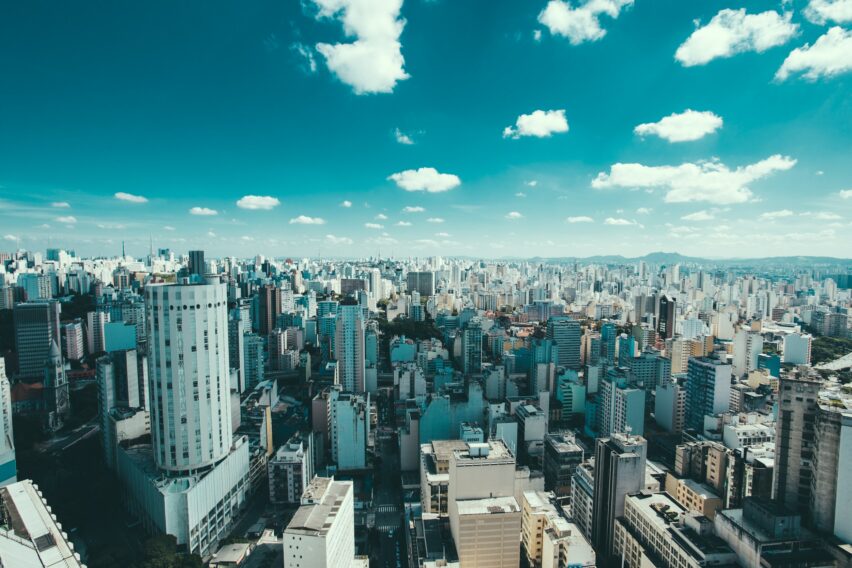
Contradictions and Ideals
Brazil is a South American country known for its complexities, contradictions, and ambiguities. It has a vast territory and a colonial history, introduced by the Portuguese Empire, based on slavery, exploitation of labor, and the domination of the indigenous peoples that lived in pindowa-ráma (the word several indigenous groups used to designate Brazil). The country was once a leading producer of sugar and coffee that initially relied on slave labor by African workers from different regions. In the late nineteenth century, it came to employ cheap labor performed by Europeans that had migrated to Brazil, and in the twentieth century, the Brazilian society underwent a complex process of transformation based on industrialization, economic planning, and diversification of the modes of production. Currently, Brazil is divided between highly industrialized regions and others where agricultural production is dominant, such as the states of Mato Grosso do Sul (Central West region), Pará (North), and Bahia (Northeast).
Over the past fifty years, the country has gone through the turbulence of authoritarian developmentalism under the military regime (1964-1985), the attempt to liberalize the economy through a capitalist-dependent insertion project (1986-2002) developed by former Presidents Fernando Collor de Mello and Fernando Henrique Cardoso, and the endeavor to compose capital and labor relations through an agenda of economic insertion and combating inequalities (2003-2016), as popularized by Luis Inácio Lula da Silva and Dilma Rousseff from Partido dos Trabalhadores (“Workers’ Party,” PT). Recently, Brazil experienced a radical shift to the right and the intensification of conflicts and social tensions following the impeachment of President Dilma Rousseff in 2016 and the election of Jair Bolsonaro, a political leader associated with the far right, in 2018.
In such a complex context (one that encompasses an economy that has been intensive in slave labor, inequalities, and authoritarianism), cooperativism originated in Brazil amid the transition to a free labor economy at the origins of the Republic in 1889. However, it only took off, at least as an organized system, during the military dictatorship of the 1960s. Cooperativism initially found strength among purchasing cooperatives in Rio de Janeiro, which strengthened their productive capacity through a cost-sharing strategy. In the early twentieth century, cooperativism grew in southern Brazil among rural producers, who saw cooperativism as a method to achieve prosperity by joining efforts and fostering a strong sense of community that would eventually outweigh individual interests. Historically, the essential characteristics of cooperativism in Brazil are cooperative ownership (the association of people, not capital), cooperative management (decision-making power by the assembly of members), and cooperative distribution (distribution of sobras líquidas [net surpluses] among members, instead of lucros [profits] and dividends). However, as I will show in this section, these values intertwined with a model of cooperativism organized by the State and coordinated hierarchically. This institutionalized origin distinguishes Brazilian cooperativism from that practiced in other regions, as it is more extensively based on free enterprise, independence from the State, and self-organization autonomy.